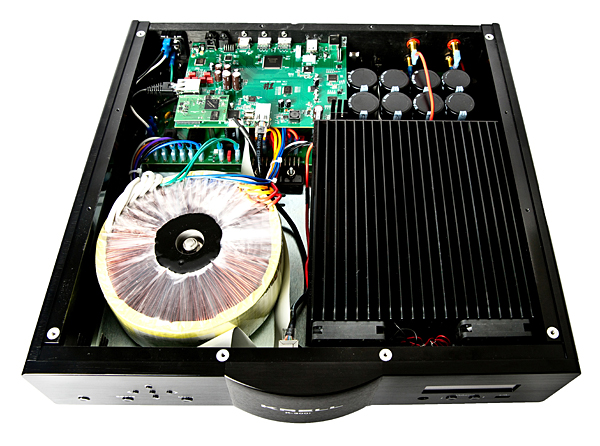| Columns Retired Columns & Blogs |
not enough heatsink.
Suppose that the designer of the Krell amp was still working at Sikorsky.
Would their helicopters overheat and shut off in mid-flight after running at one-third power for 55 minutes?
For $7K one could have instead the Marantz PM-KI Ruby integrated amp and SA-KI Ruby SACD player/DAC combo.
https://audio.com.pl/testy/stereo/odtwarzacz-cd-wzmacniacz/3021-marantz-sa-pm-ki-ruby
https://www.musicdirect.com/integrated-amp/Marantz-KI-RUBY-Reference-Bundle










































